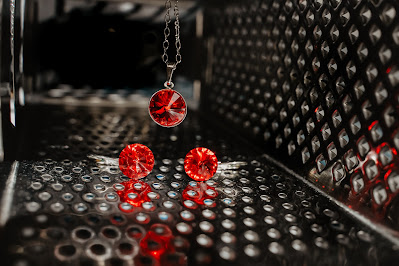The Rising Popularity of Rare Gemstones

In recent years, there has been a remarkable surge in interest in rare gemstones. As consumers become more educated about the jewelry market, the allure of unique, lesser-known stones is captivating both collectors and casual buyers alike. The shift towards these gemstones reflects broader trends in consumer preferences, including a desire for individuality, ethical sourcing, and investment potential. This article explores the reasons behind this rising popularity, highlights some ex ceptional rare gemstones, and offers guidance on how to navigate this exciting market. What Are Rare Gemstones? Rare gemstones are defined by their scarcity and unique characteristics. Unlike more common gemstones like diamonds or sapphires, rare stones often originate from specific geographical locations and are available in limited quantities. Their rarity can arise from geological conditions, color, size, or unique inclusions that set them apart from their more common counterparts. Some examples include...


